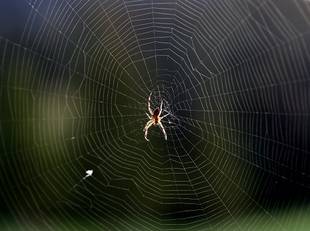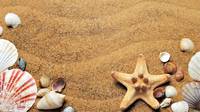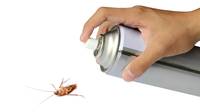
The ability to secrete silk is a distinctive characteristics of nearly all spiders. Spider silk is secreted by glands located in the posterior portion of the abdomen and draw out through small nipple-like spinnerets.
When spiders walk about they spin a dragline of silk that is attached at intervals to the surface over which they are passing. This is the reason why a spider when disturbed on a vertical surface is always able to drop to the ground on a silken line.
The most interesting use to which spiders put their silk is in the fabrication of webs for capture of inspect prey. These webs, often very beautiful, are of many kinds. Not all spiders use webs for the capture of prey, but each web-spinning spider has its own special pattern, and it is usually possible to identify the spider by the type of web it creates.
The spider climbs to an elevated place, usually near a path or other open space, and begins secreting a silken line. This is very light and soon a breeze floats it across to a nearby twig or other object where it becomes entangled. The spider goes across on the line, adding additional silk as it goes. This is the foundation thread, and other strands of silk are then spun to form the other sides of the framework within which the finished orb will be constructed. The spider stretches strands of silk across to form the various radii or spokes, all meeting at the center or hub. It then lays down a spiral strand of silk starting near the hub and extending outward to the edge. The silk threads are then covered with viscid or sticky droplets to catch insects.
When a spider web is completed, the spider retires to the center of the web or to a retreat nearby and awaits the capture of its prey. The web is usually good for one day, and it is in tatters by dawn of the next day.
The largest webs are the aerial ones spun by the tropical orb weavers of the genus Nephilia, which have been measured up to more than 18 inches (46 centimeters) in circumference. The smallest webs are most probably of the spider Glyphesis cottonae, which is about the size of a small postage stamp.


















